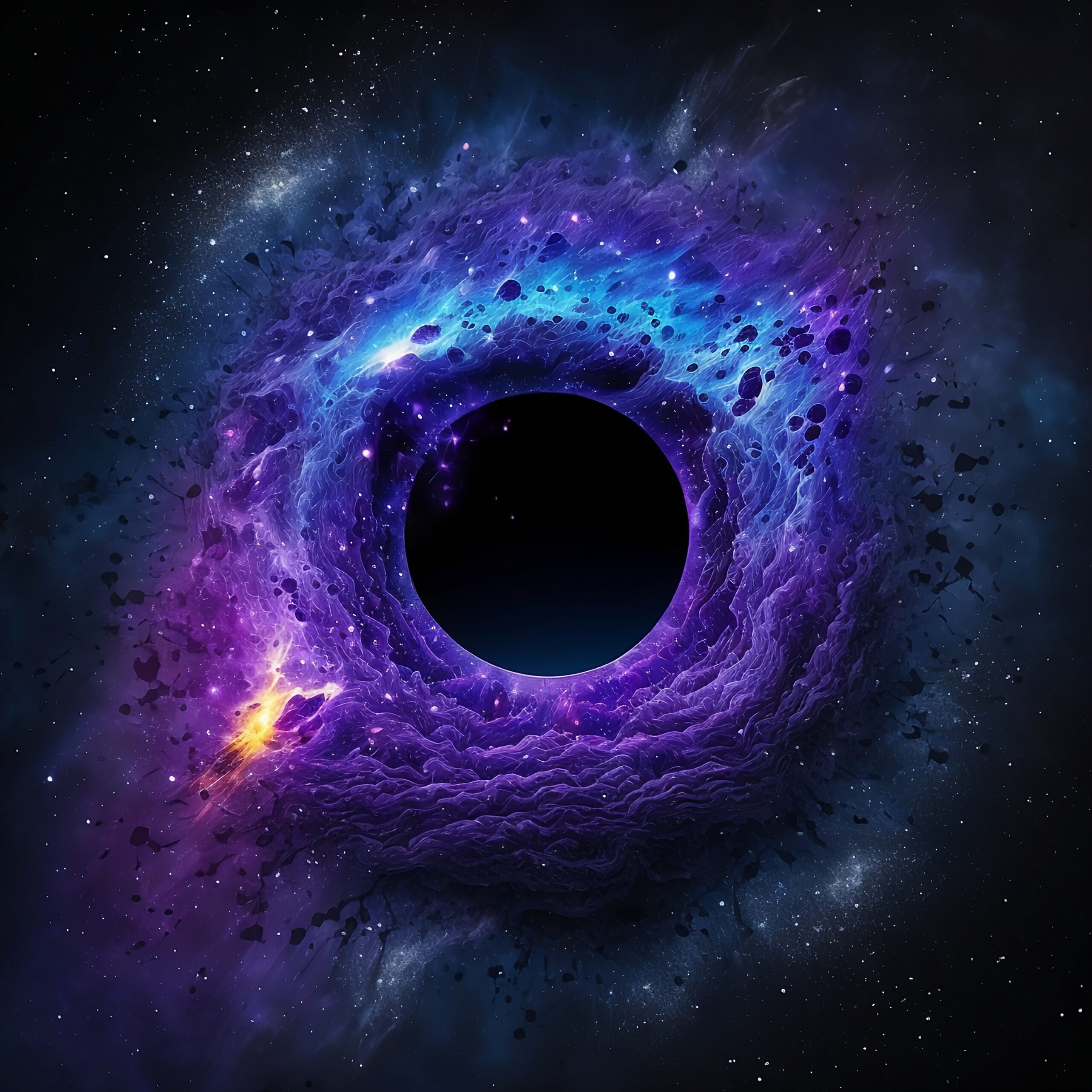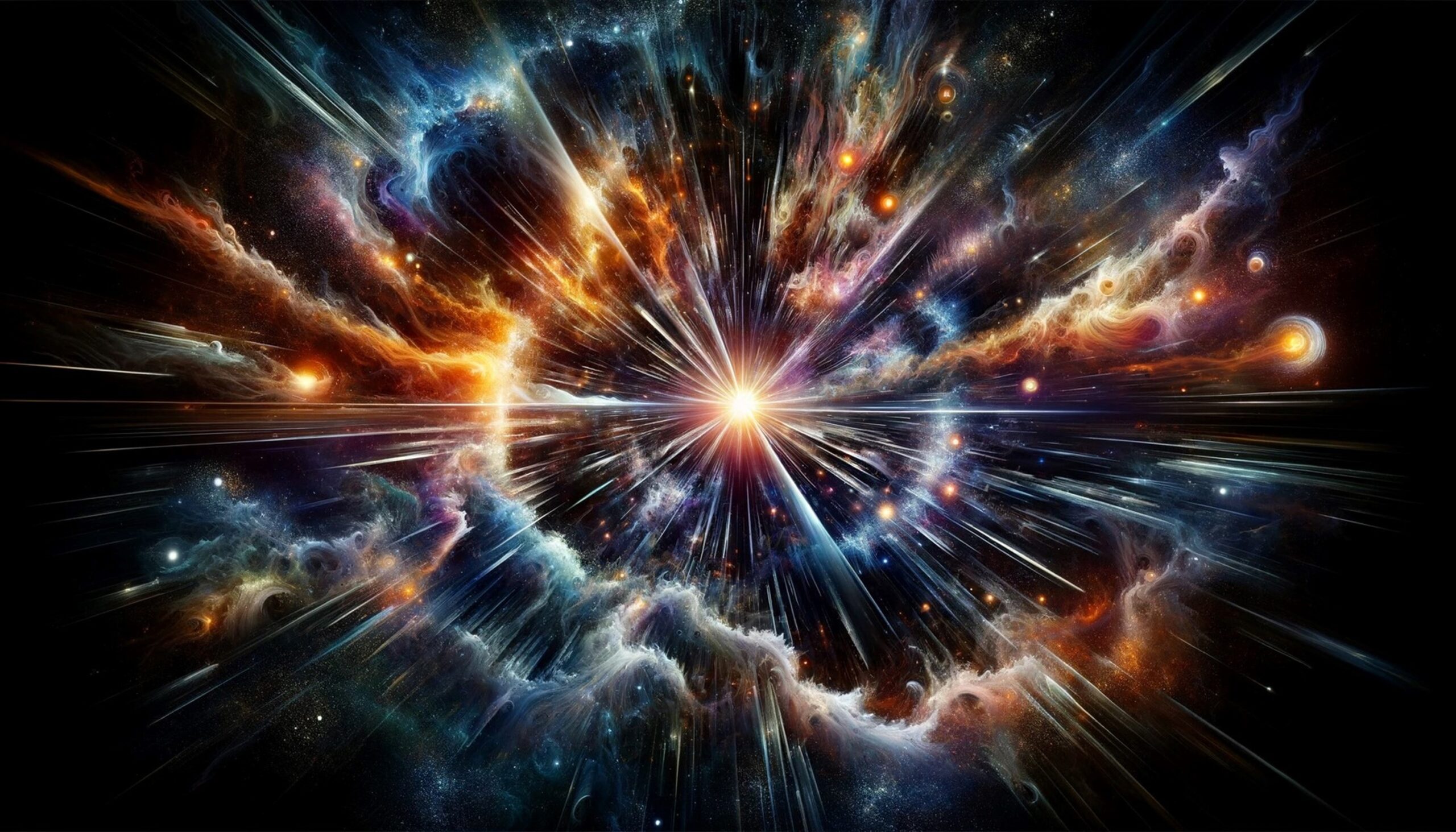Introduction
Picture yourself under a sky lit with glowing ribbons of green, purple, and red light, moving in beautiful, swirling patterns. These stunning displays, called auroras, have amazed people for centuries.
Auroras are nature’s light shows, created when charged particles from the Sun interact with Earth’s magnetic field. In the Northern Hemisphere, they are called the Aurora Borealis or Northern Lights; in the Southern Hemisphere, they are known as the Aurora Australis or Southern Lights.
In this exploration, we’ll look at the similarities and differences between these two wonders of nature, exploring the science and unique features that make them so beautiful.
What Are Auroras?
Auroras are beautiful natural light shows when charged particles from the Sun, carried by solar wind, interact with Earth’s magnetic field. These particles move towards the poles, where they collide with gases in the upper atmosphere, like oxygen and nitrogen. The collision causes the gases to release energy in the form of colorful light.
Though they have different names in the Northern and Southern Hemispheres, auroras share many common features. They often display bright colors like green, red, and purple, and form stunning patterns such as arcs, curtains, or spirals that shimmer and move across the night sky. These phenomena are not only visually amazing but also show the fascinating interaction between Earth and solar activity.
Key Differences Between Aurora Borealis and Aurora Australis
Location
Aurora Borealis: Known as the Northern Lights, these auroras occur near the Arctic Circle in the Northern Hemisphere.
Aurora Australis: Known as the Southern Lights, these auroras appear near the Antarctic Circle in the Southern Hemisphere.
b. Visibility and Accessibility
Aurora Borealis: The Northern Lights are often seen in places like Norway, Sweden, Iceland, Canada, and Alaska. These areas are usually well-populated and easy to reach, making them popular spots for aurora tourism.
Aurora Australis: The Southern Lights are mainly visible in remote areas like Antarctica, southern New Zealand, and Tasmania. Their isolation in places like the Southern Ocean and Antarctica makes them harder to access for viewing.
c. Intensity and Frequency
Auroras in both hemispheres are equally bright and vibrant, depending on solar activity, such as solar flares and coronal mass ejections. However, their visibility depends on factors like the observer’s location, weather, and darkness during different seasons. While the Aurora Borealis is easier to view due to more populated areas, the Southern Lights are just as spectacular but less accessible due to fewer people in the Southern Hemisphere.
Cultural Significance
Aurora Borealis: The Northern Lights have a rich history in northern cultures, often featured in folklore and mythology. Many indigenous peoples and ancient civilizations gave spiritual and supernatural meanings to these lights.
Aurora Australis: Because of fewer people living in the Southern Hemisphere, the Southern Lights don’t have as many cultural stories or historical connections, making them less prominent in human narratives.
Similarities Between Aurora Borealis and Aurora Australis
Origin: Both the Northern and Southern Lights are caused by the same process. Charged particles from the Sun, carried by the solar wind, interact with Earth’s magnetic field and excite gases in the atmosphere, creating stunning light displays.
Appearance: They both show similar colors, including green, red, and purple. The colors depend on which gases are involved and the altitude of the collisions. For example, green is usually caused by oxygen at lower altitudes, while red and purple are often produced by nitrogen or oxygen at higher altitudes.
Timing: Both auroras are most active during times of strong solar activity, such as solar storms. They are also more visible around the equinoxes in March and September when Earth’s position relative to the Sun increases the interaction between solar wind and Earth’s magnetic field.
Viewing Tips for Aurora Borealis and Aurora Australis
Aurora Borealis (Northern Lights):
Best Times: The Northern Lights are most visible during the winter months, from November to March when nights are long and the skies are dark. Clear, cloudless nights with little light pollution are the best conditions.
Top Spots: Popular places to see the Northern Lights include Tromsø in Norway, Yellowknife in Canada, and various locations in Iceland. These areas are close to or within the Arctic Circle, making them ideal for aurora sightings.
Aurora Australis (Southern Lights):
Best Times: The Southern Lights are best viewed between March and September, during the southern hemisphere’s winter, when the nights are longer. Like the Northern Lights, clear skies and minimal light pollution are important for the best experience.
Top Spots: Great places to see the Southern Lights include Tasmania in Australia, Stewart Island (Rakiura) in New Zealand, and even Antarctica for the most remote and breathtaking views. These locations are closer to the Antarctic Circle, giving a better chance to witness the lights.
Aurora Australis (Southern Lights):
Best Times: The Southern Lights are best viewed between March and September, during the southern hemisphere’s winter, when the nights are longer. Like the Northern Lights, clear skies and minimal light pollution are important for the best experience.
Top Spots: Great places to see the Southern Lights include Tasmania in Australia, Stewart Island (Rakiura) in New Zealand, and even Antarctica for the most remote and breathtaking views. These locations are closer to the Antarctic Circle, giving a better chance to witness the lights.
Conclusion
Auroras, whether the Northern Lights or Southern Lights, showcase the incredible beauty of nature and the complex interaction between solar and magnetic forces. While they share the same scientific origin and vibrant colors, they differ in terms of accessibility and cultural importance. The Northern Lights are seen more often and celebrated in various cultures, while the Southern Lights, though equally beautiful, are harder to access due to their remote locations.
These spectacular light shows are a reminder of the amazing forces in our universe. Seeing an aurora, with its glowing ribbons of light, is a magical experience that connects us to the cosmos.
If you haven’t already, consider adding Aurora Chasing to your bucket list. Whether you travel to the Arctic Circle or explore the Southern Hemisphere’s wild, remote areas, the chance to witness an aurora is a unique and unforgettable experience.
Share the knowledge with

